Guimarães – Portugal
Guimarães is a fifty-five-kilometer (forty-five-minute) drive from Porto. This delightful medieval town, rich in Portuguese history, was voted the European Cultural Capital in 2012 and received World Heritage status in 2001 for being an exceptionally well-preserved and authentic example of the evolution of a medieval settlement into a modern town. It was the first capital of Portugal and the birthplace of its first king – Afonso Henriques – who reigned from 1139 – 1185. Today it is also known for its dynamic shoe and textile industries.
We parked our car in a lot outside the historical town and made our way along narrow lanes that led us to one of Guimarães’ many enchanting plazas.
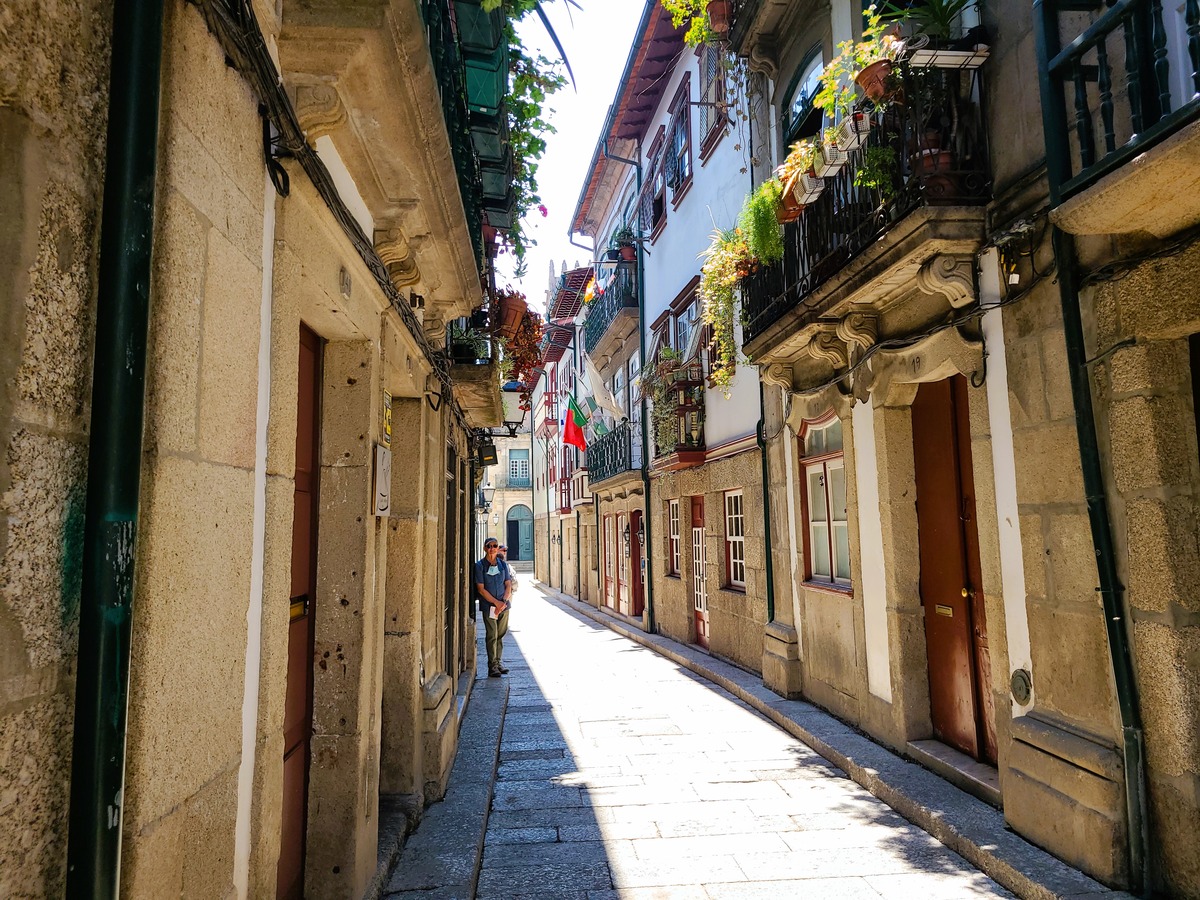
Praϛa de São Tiago is encircled by traditional three-story 16th and 17th-century homes. Flowers and laundry attached to the hand-carved wooden balconies tumble over the railings while restaurants and bars spill out onto the plaza below.
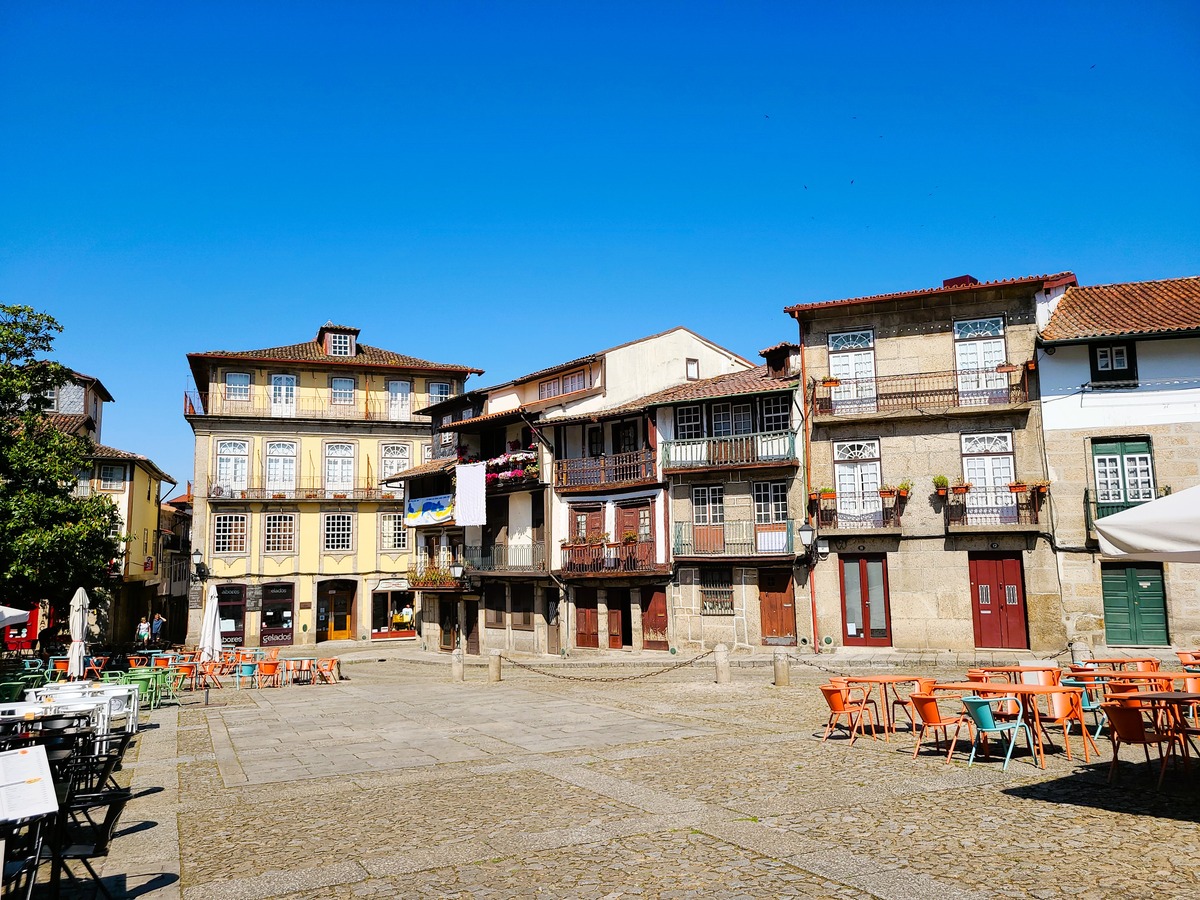
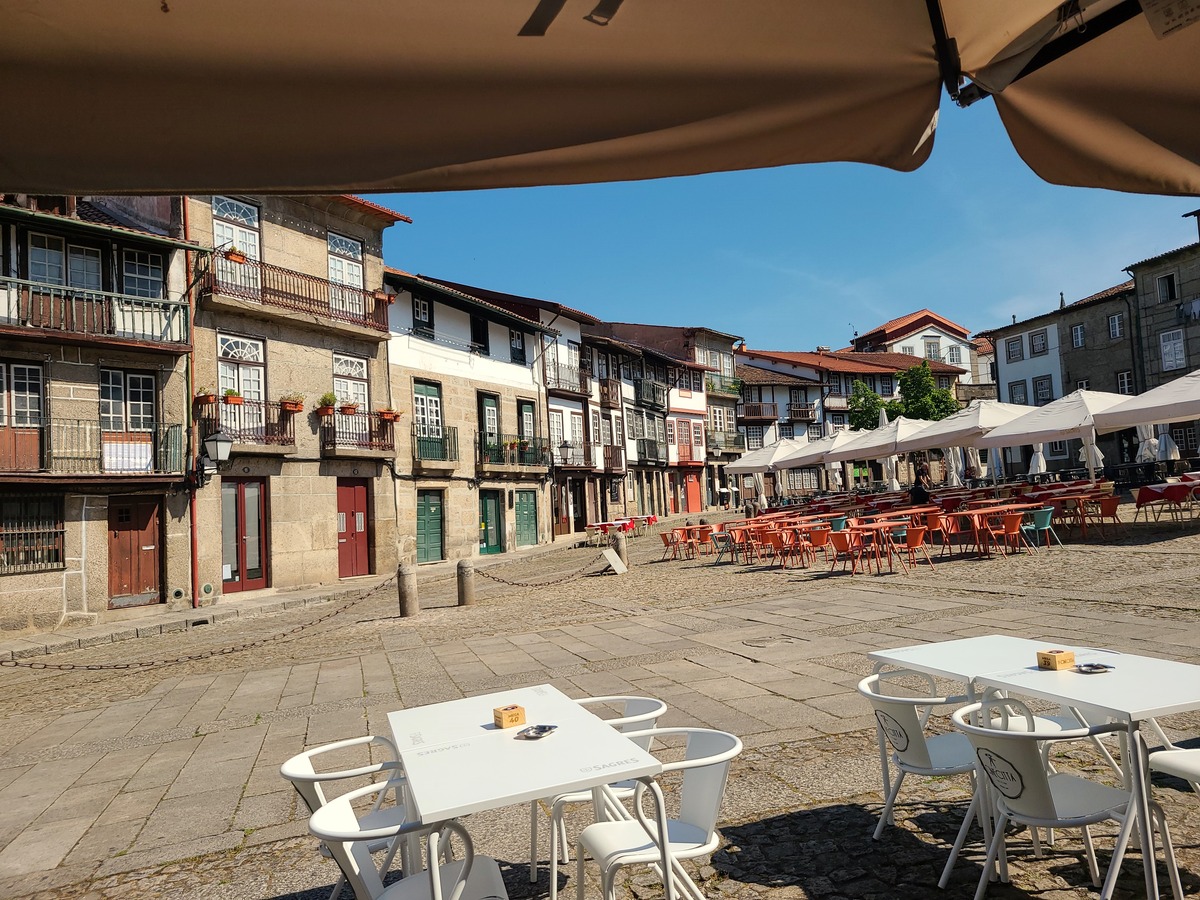
Rua de Santa Maria, the oldest street in Guimarães, leads off Praca de São Tiago. It retains all the charm of a medieval street once populated by wealthy merchants and clergy. We strolled the length of it, taking in the architecture of well-preserved ancient stone buildings, the quaint archways, the stores, bakeries, and cafes that have found a home on Rua Santa Maria. The display of pastries in the window of Divina Gula bakery enticed us to stop in for a cappuccino and unforgettable pastries made from unusual ingredients: spaghetti squash, sugar, and butter. They were sublime.
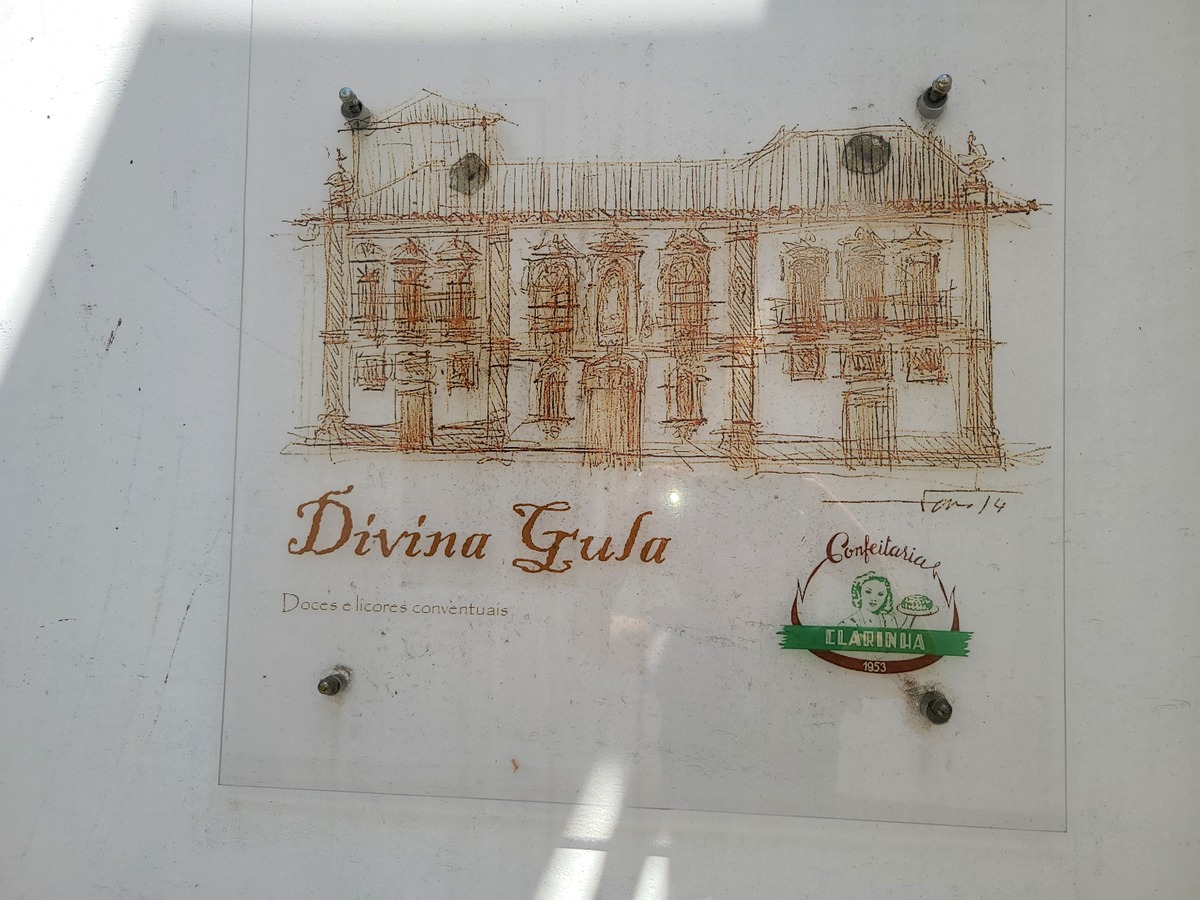
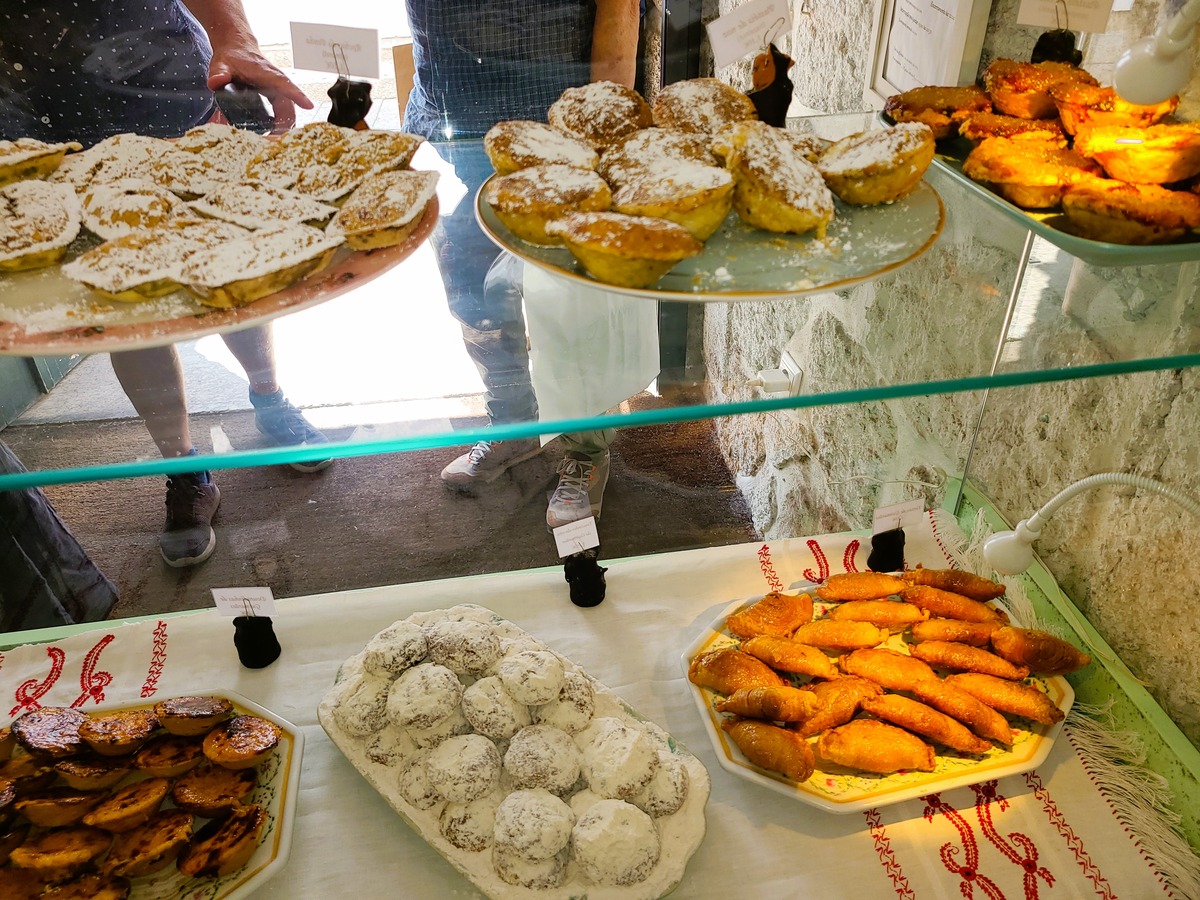
Rua de Santa Maria led us to the park, where we passed the palace and made our way uphill to the castle. I suggest visiting the castle first. From its walls, one has panoramic views of Guimarães, the surrounding landscape, and an unobstructed view of the entire palace. From his hilltop fort, Afonso Henriques commanded his troops to reclaim land conquered by Muslim invaders. He then established a new kingdom, including Santarém and Lisbon, and secured Portugal’s independence from Leon. Following the Reconquista, he became known as Afonso Conquistador – Afonso the Conqueror.
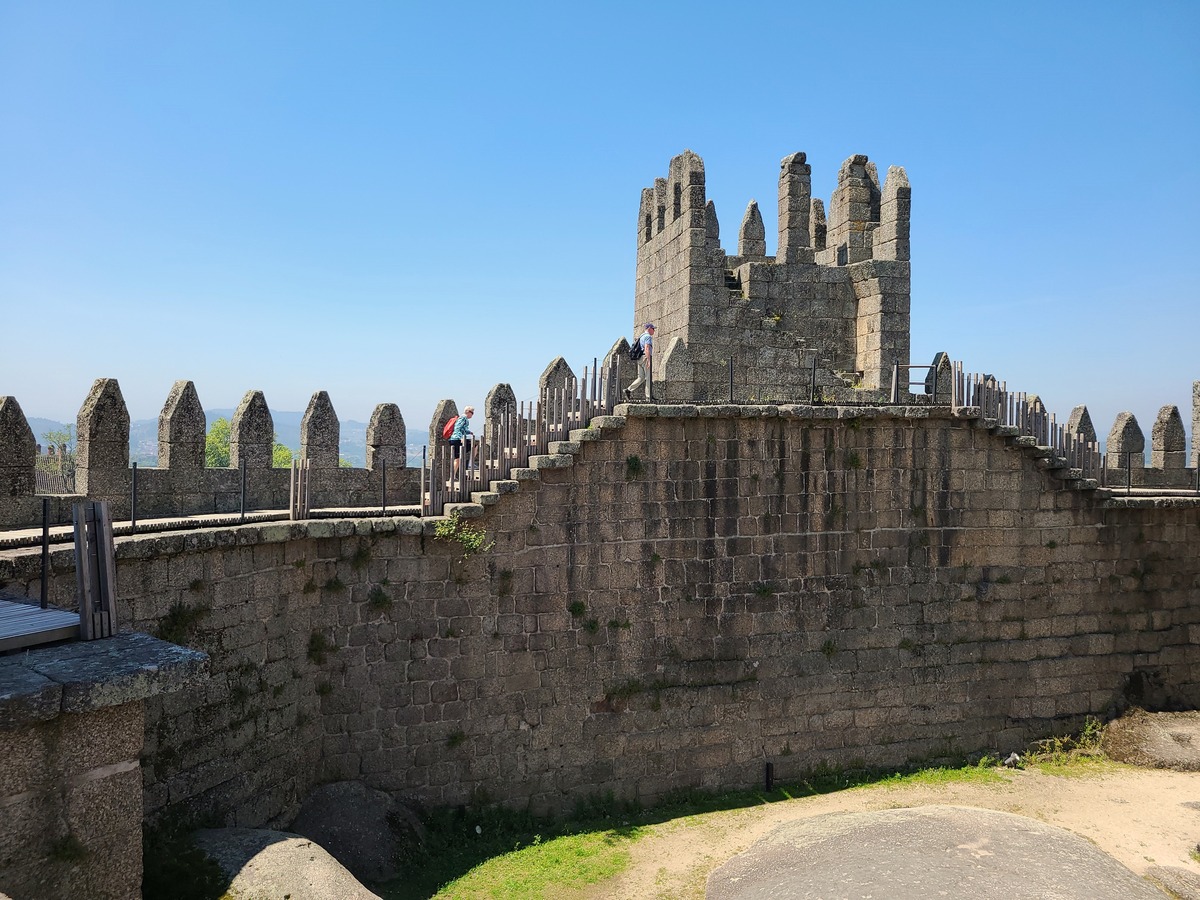
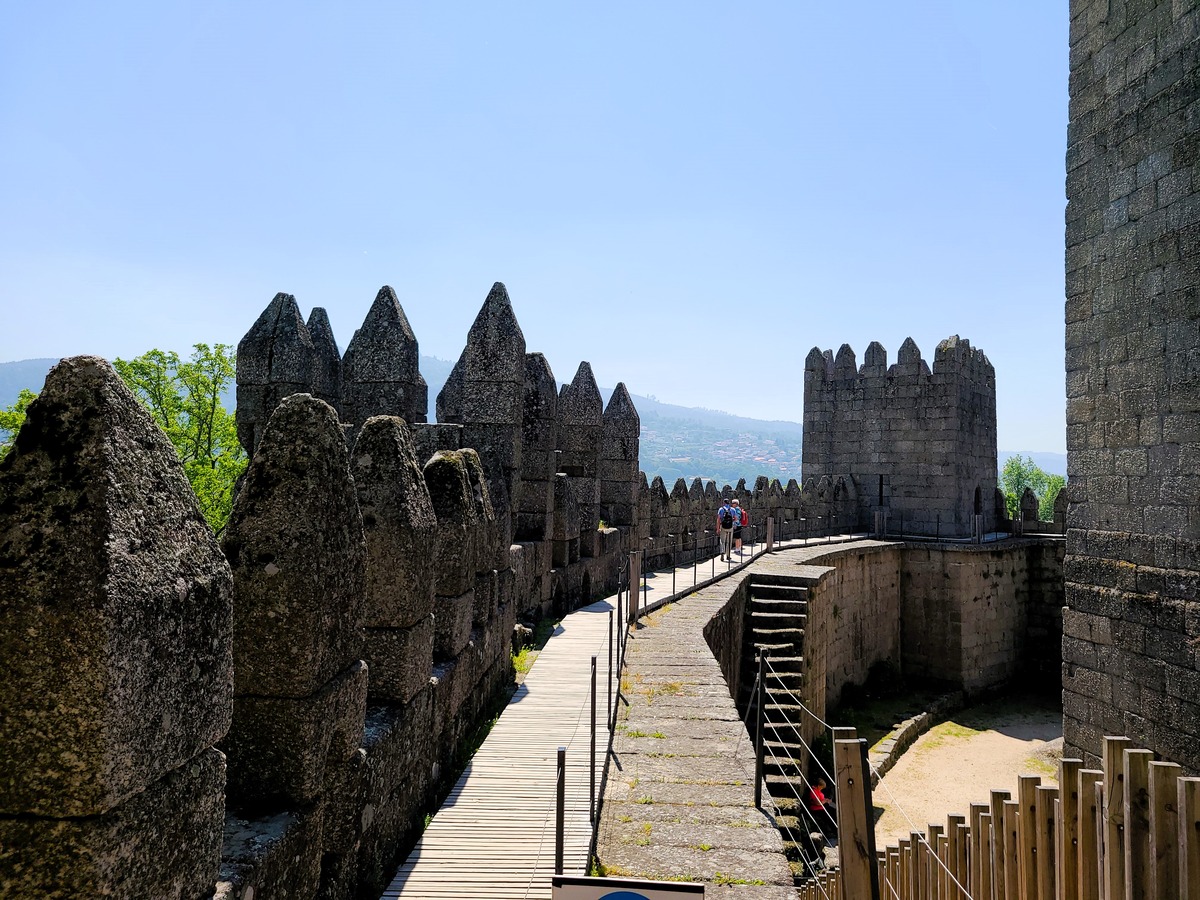
Paco dos Duques de Braganϛa – Palace of the Dukes of Braganca, was built in the 15th century at the request of Afonso, Count of Barcelos, the illegitimate son of King João I of Portugal. By the mid-17th century, it had fallen into disrepair. In the early 19th century (1807), it was used as military barracks during the French invasion of Portugal. From 1937 – 1959, the palace was reconstructed and became the Portuguese president’s residence in northern Portugal. It has a unique style of architecture, which imitates French manor houses of the times: It’s topped by multiple peaked roofs and thirty-six cigar-shaped, slender chimneys that reach for the sky.
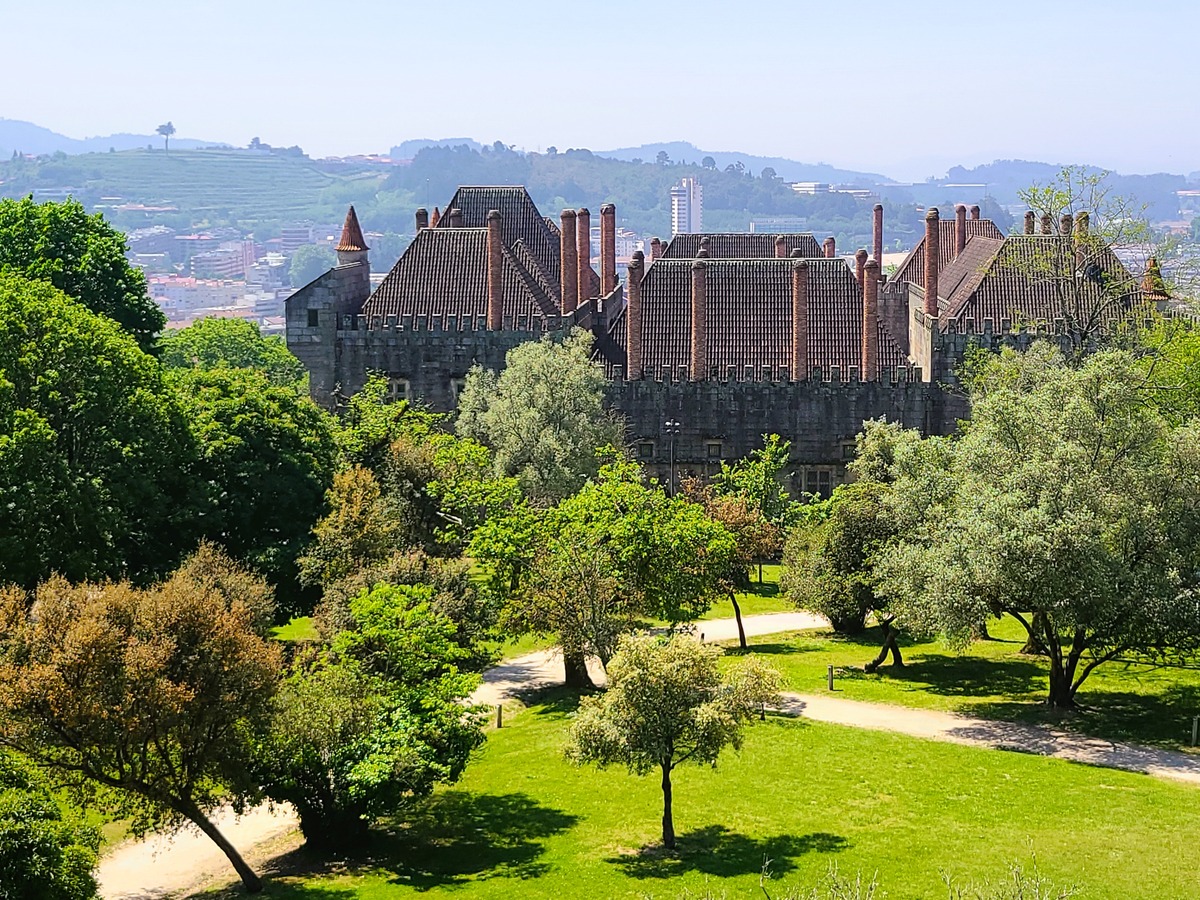
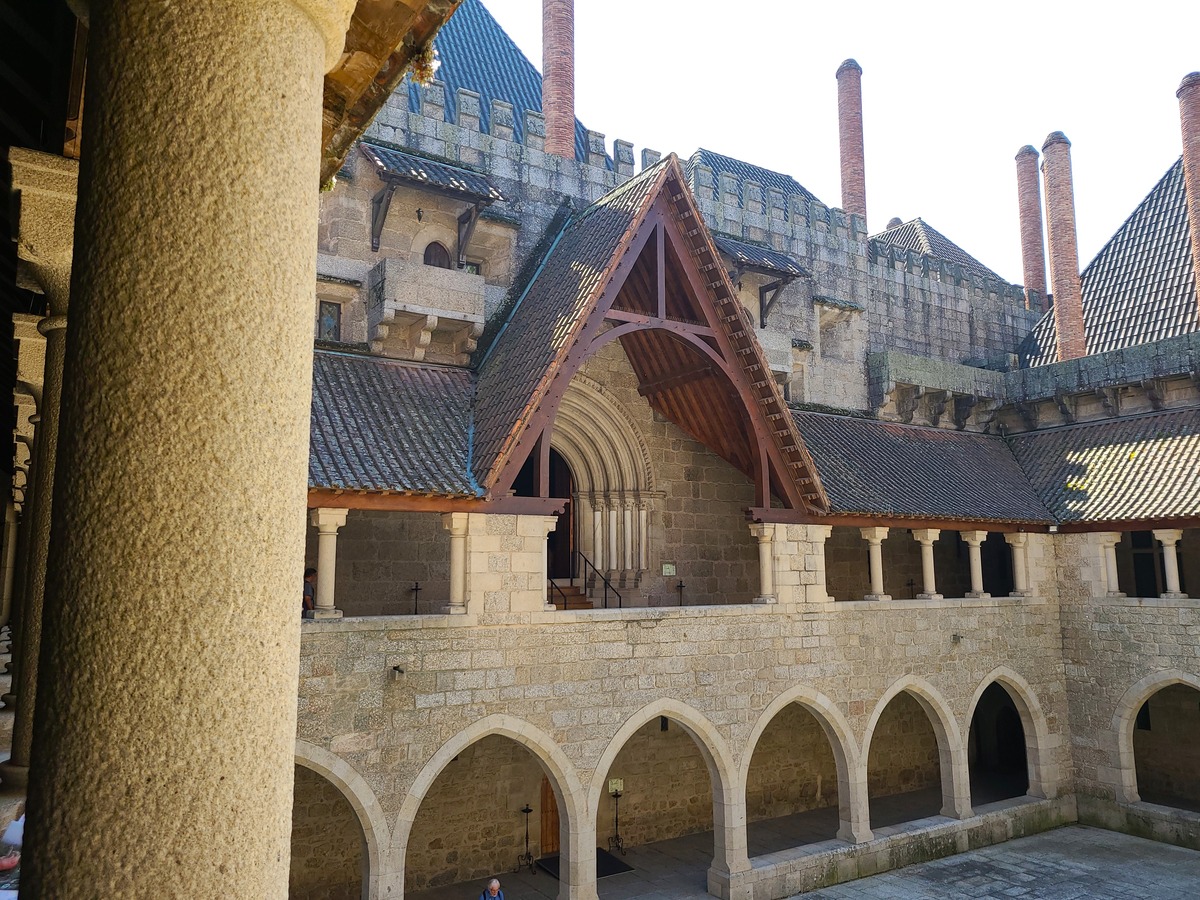
Today the palace functions as a museum, displaying a collection of ancient weapons; a chapel; a recreation of the bedrooms as they were during its heyday; and an impressive reception room with rich, red wood beamed ceilings, where the walls are covered in gigantic, exquisite, tapestries depicting detailed scenes of battles.
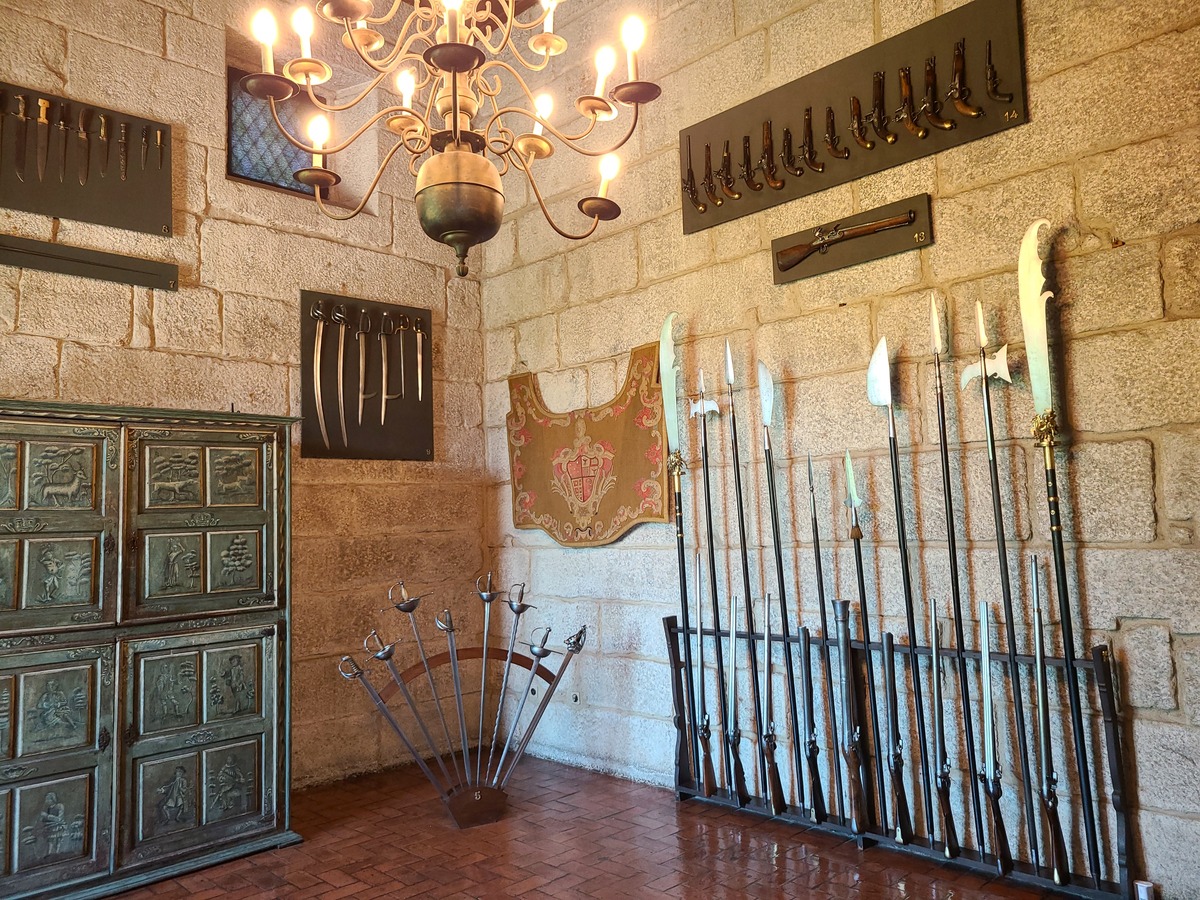
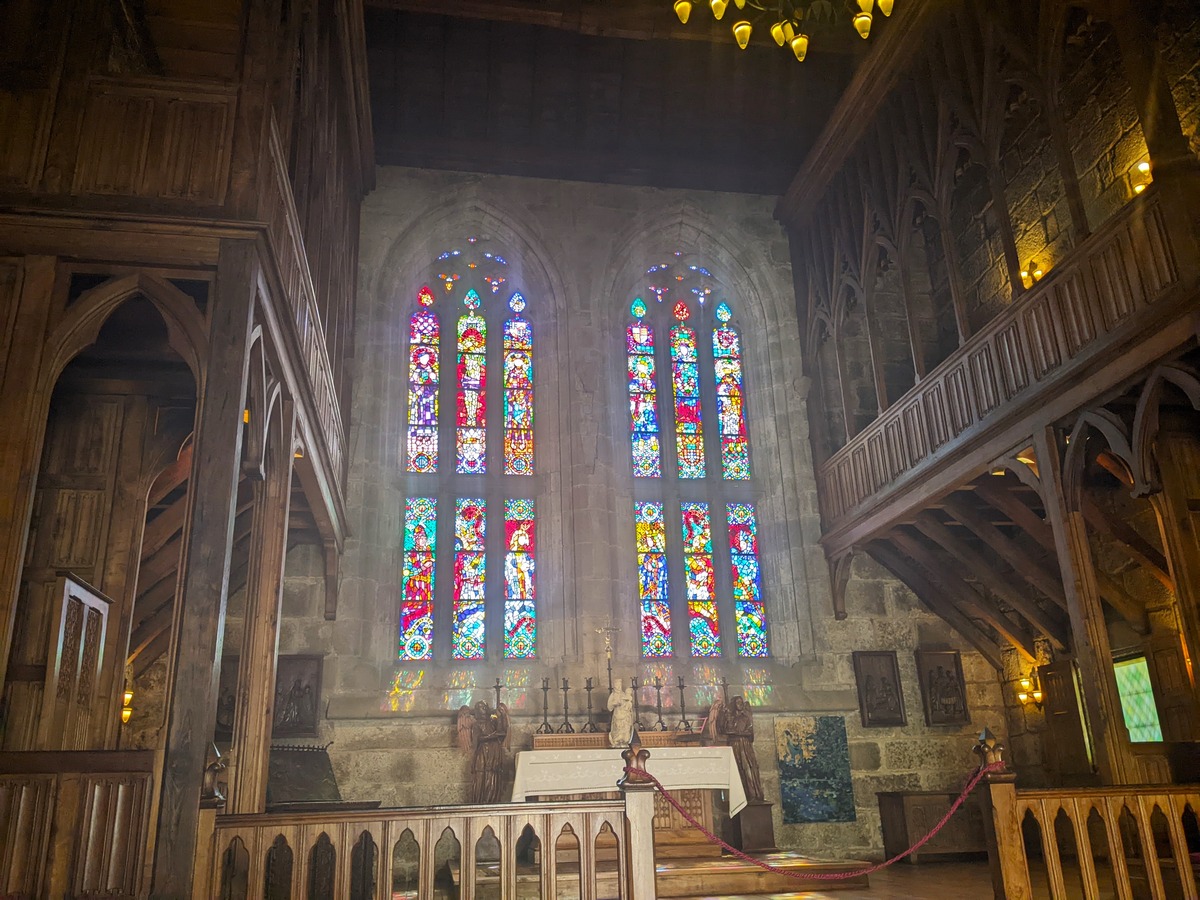
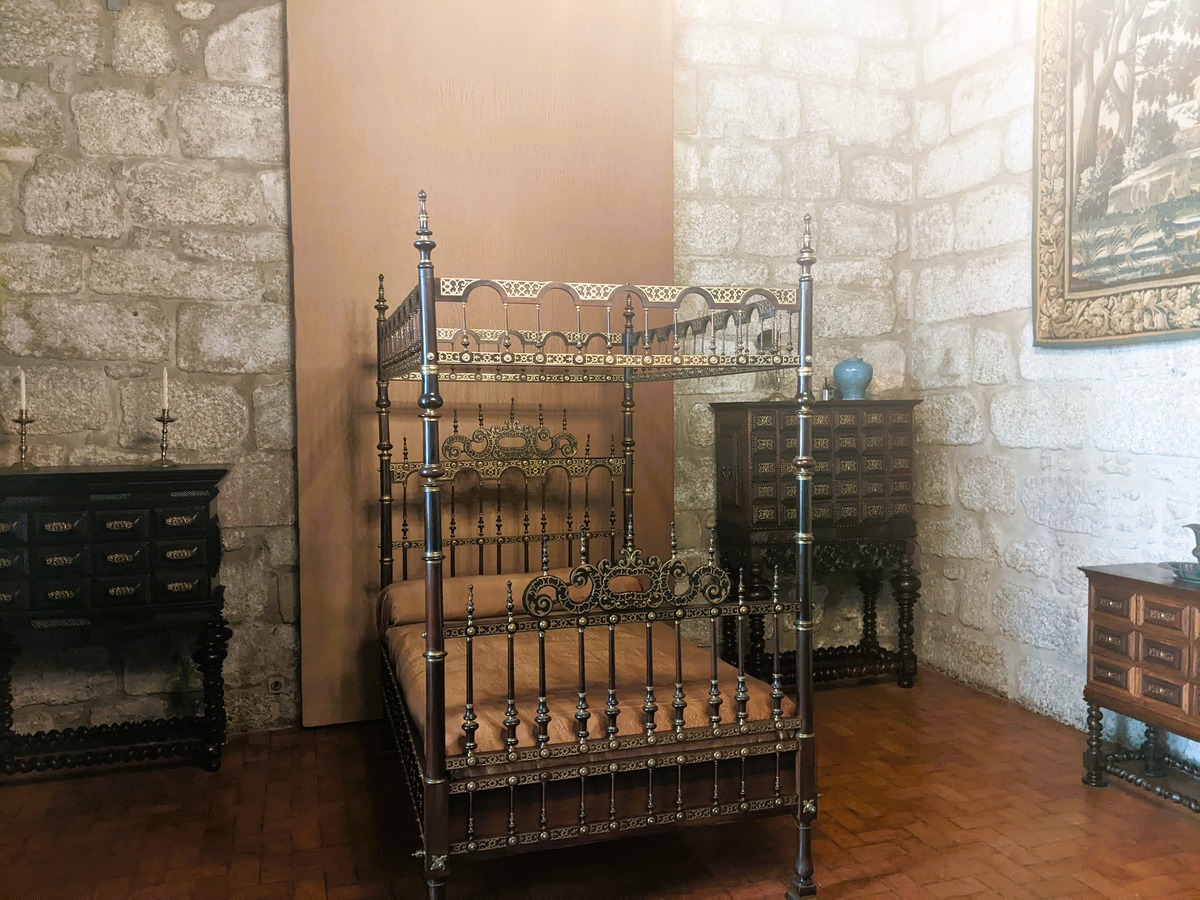
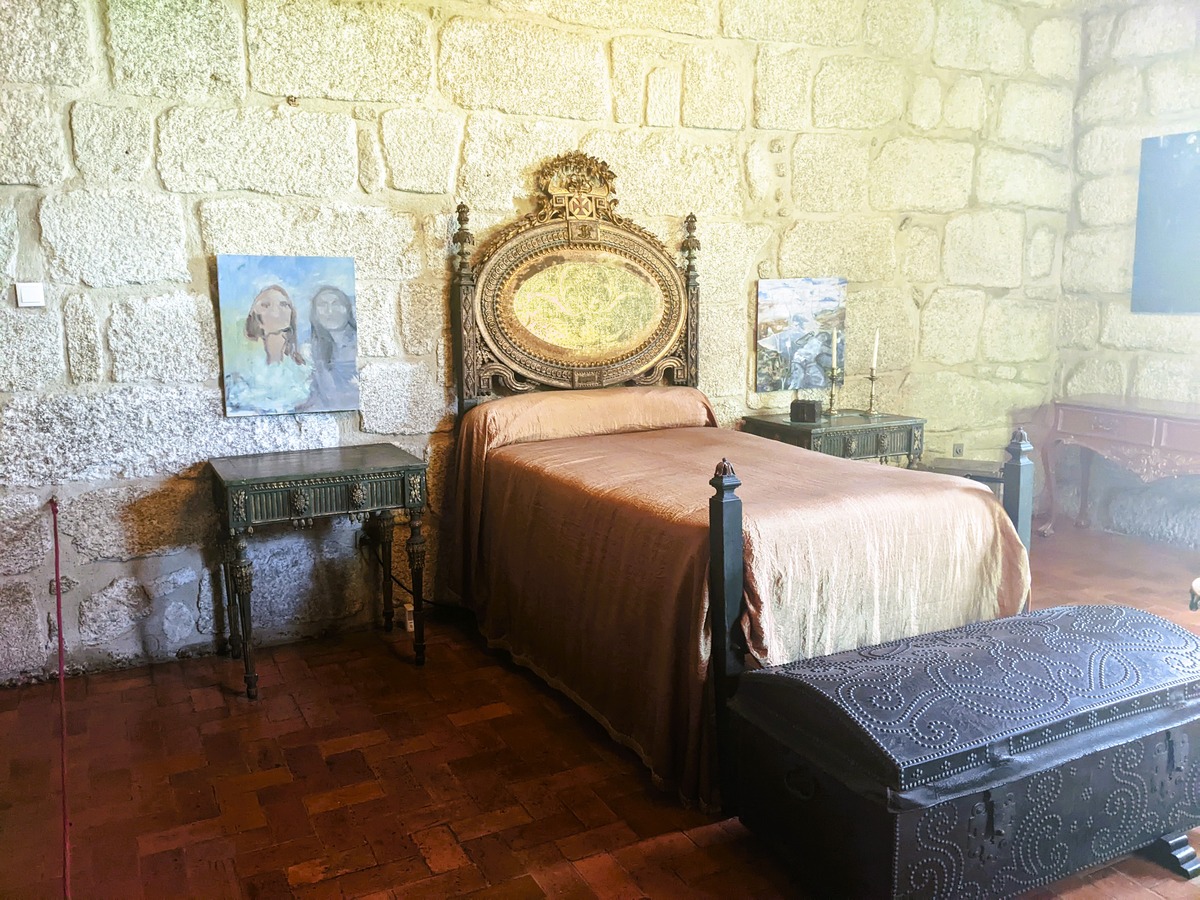
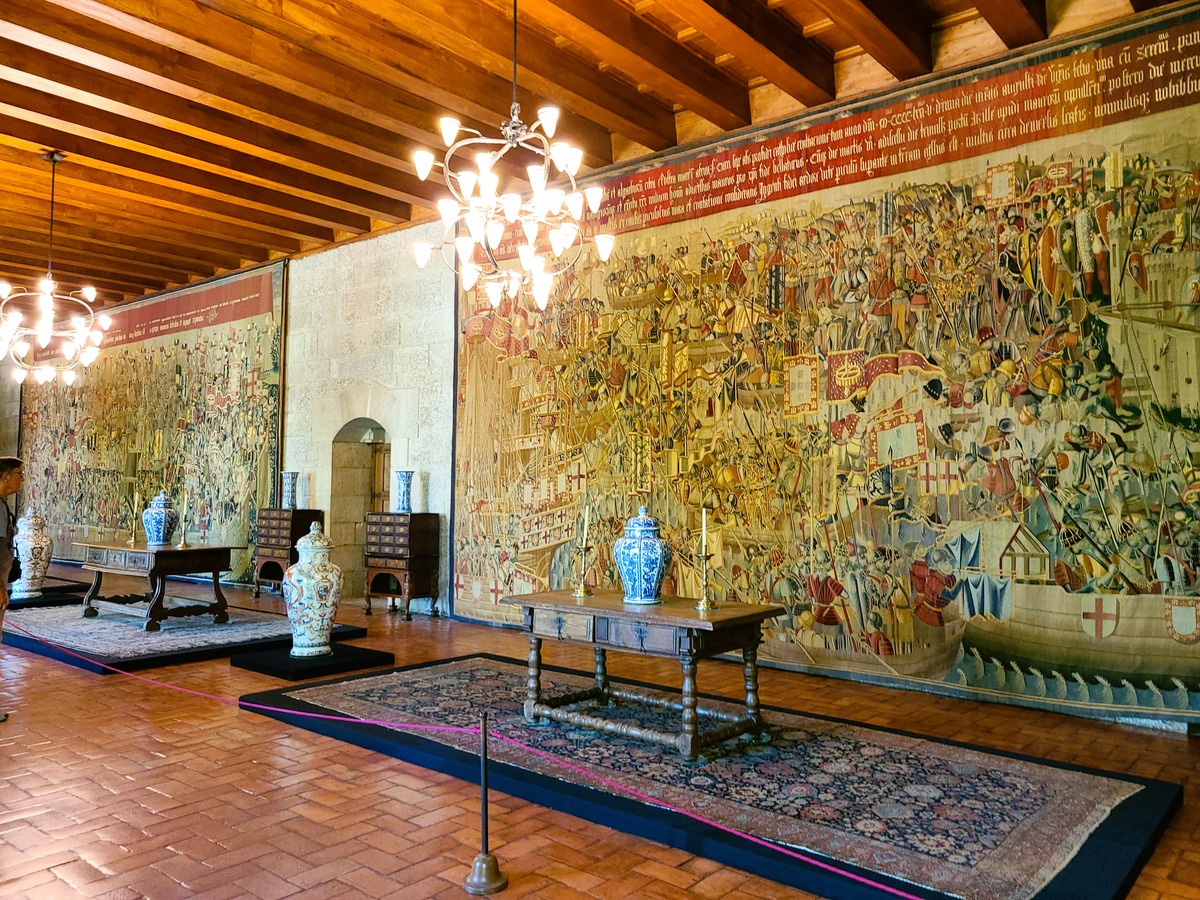
At lunchtime, we retraced our steps along Rua de Santa Maria, which leads to the multi-arched former town hall, which was in use from the 16th – the early 20th century. The arches open onto Praϛa da Oliveira – Olive Tree Square, where we settled down for lunch at one of the restaurants shaded by a canopy of white umbrellas.
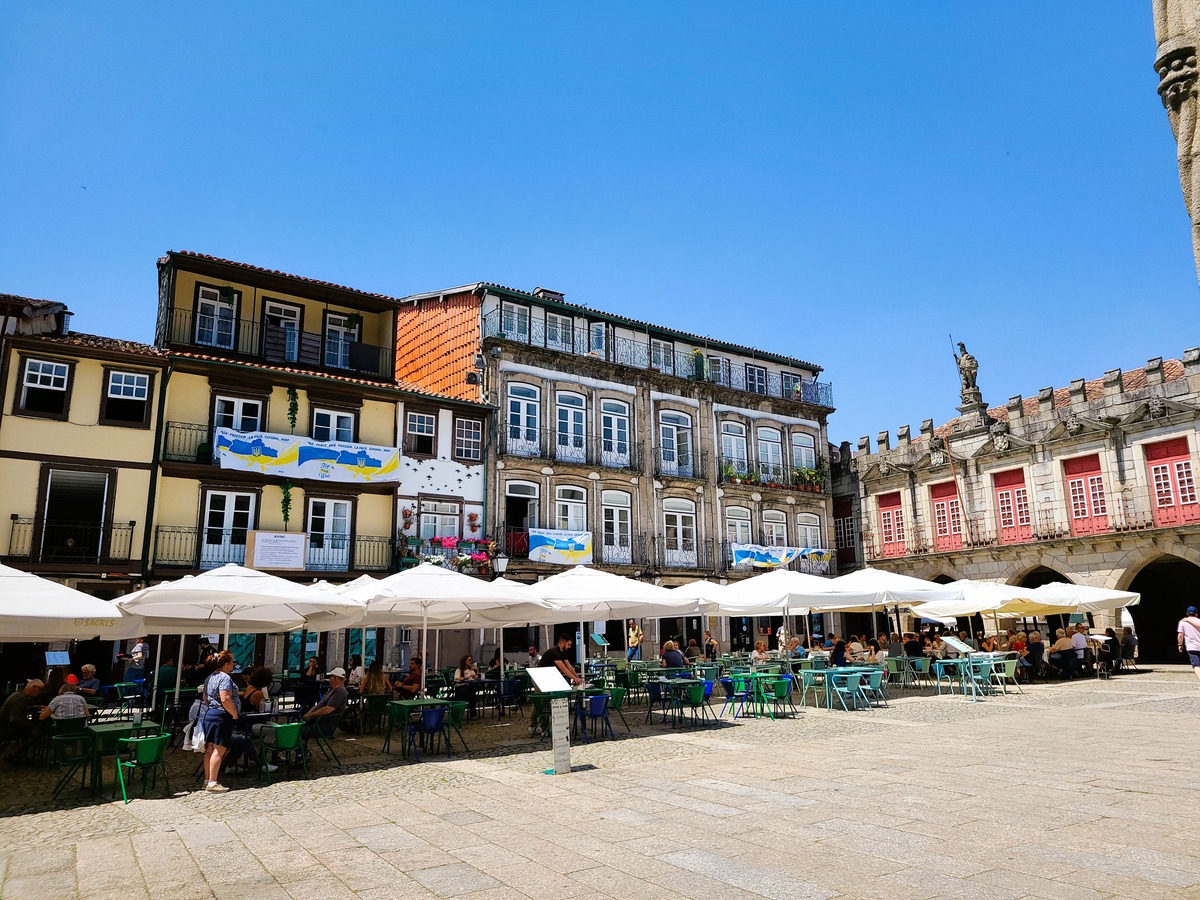
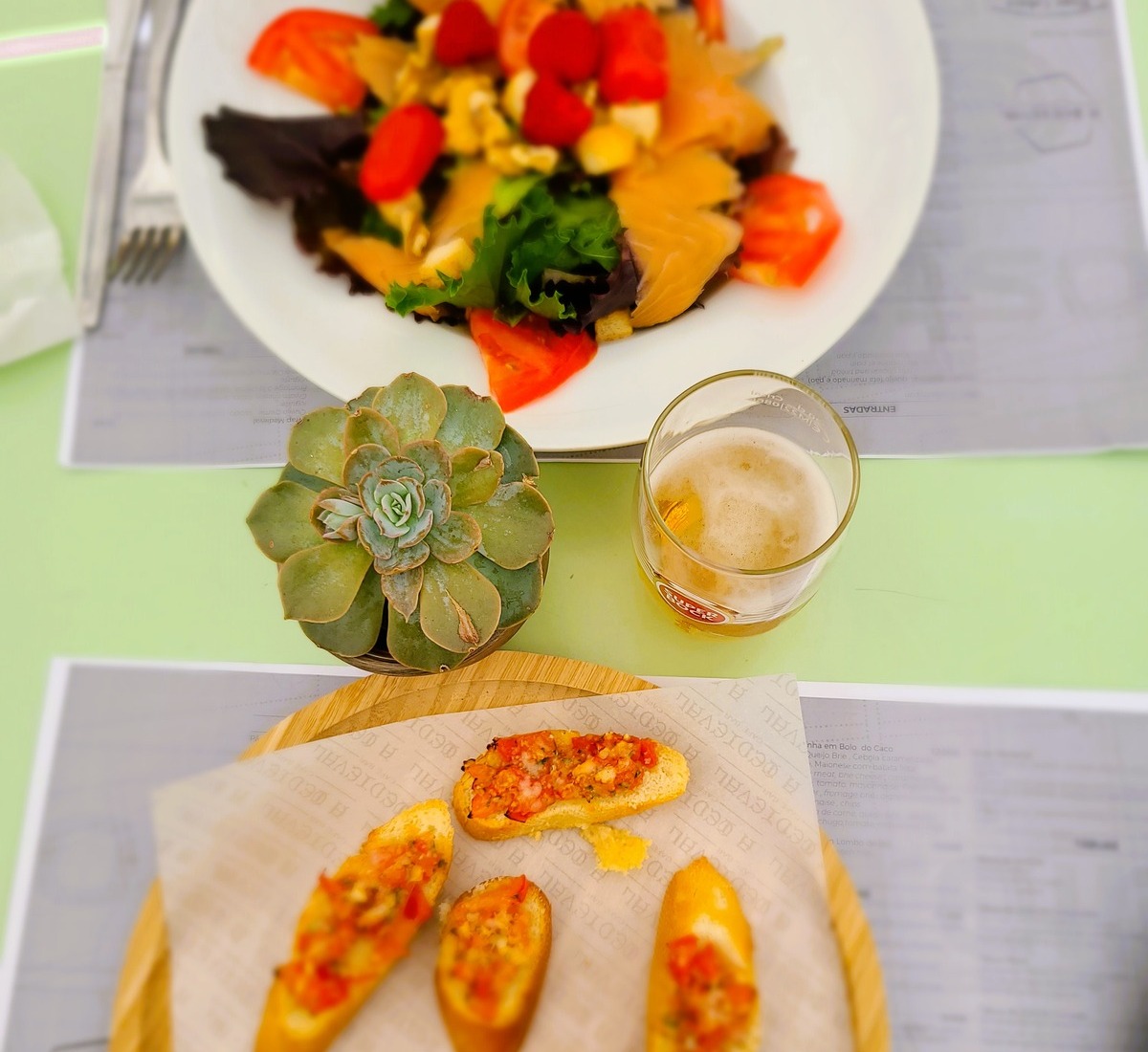
Colorful houses in the Minho architectural style wrap around the square, and a whimsical Gothic shrine stands in front of the 14th-century church, Igreja de Nossa Senhora da Oliveira, built on the ruins of a 10th-century monastery.
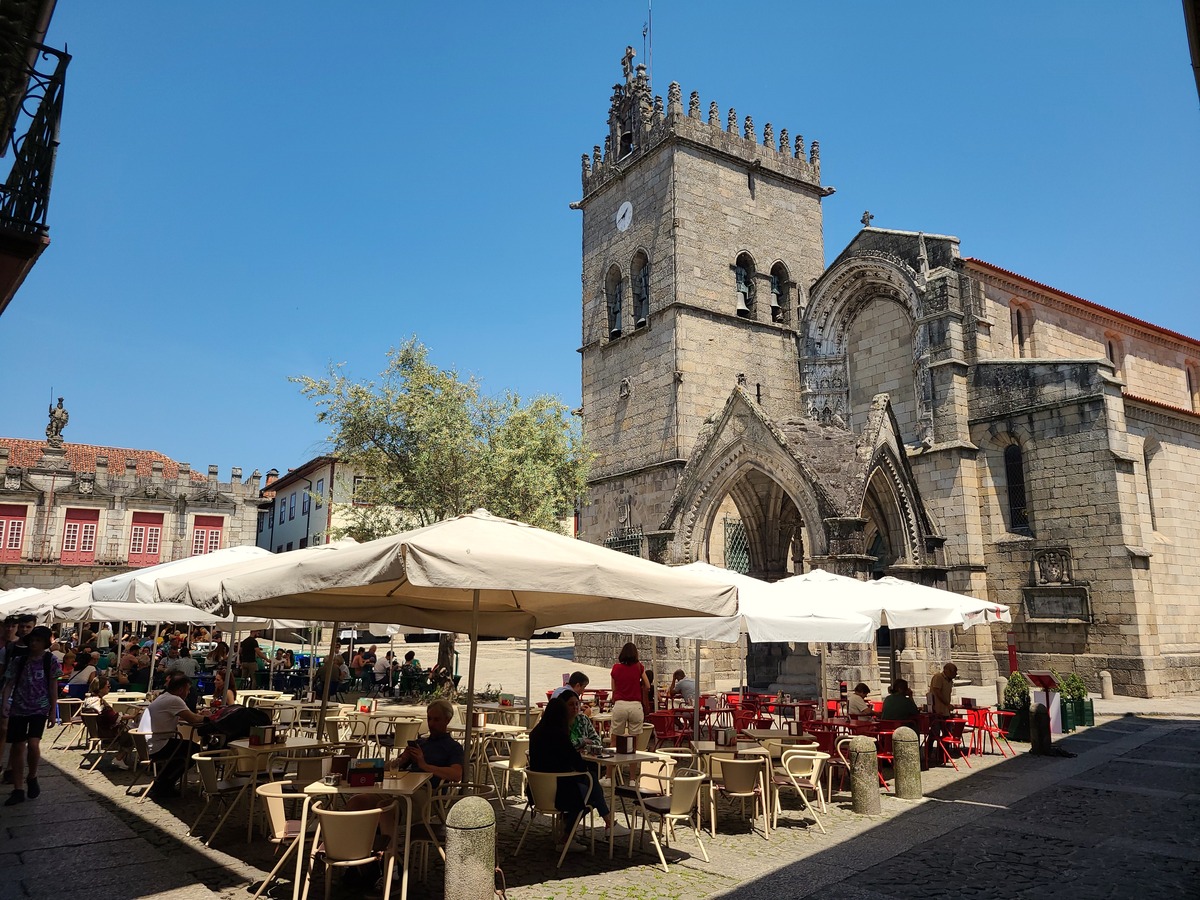
A sheltered shopping arcade attached to the square houses boutiques selling Portuguese ceramics, patterned textile items, and unique products made from cork, for which Portugal is famous.
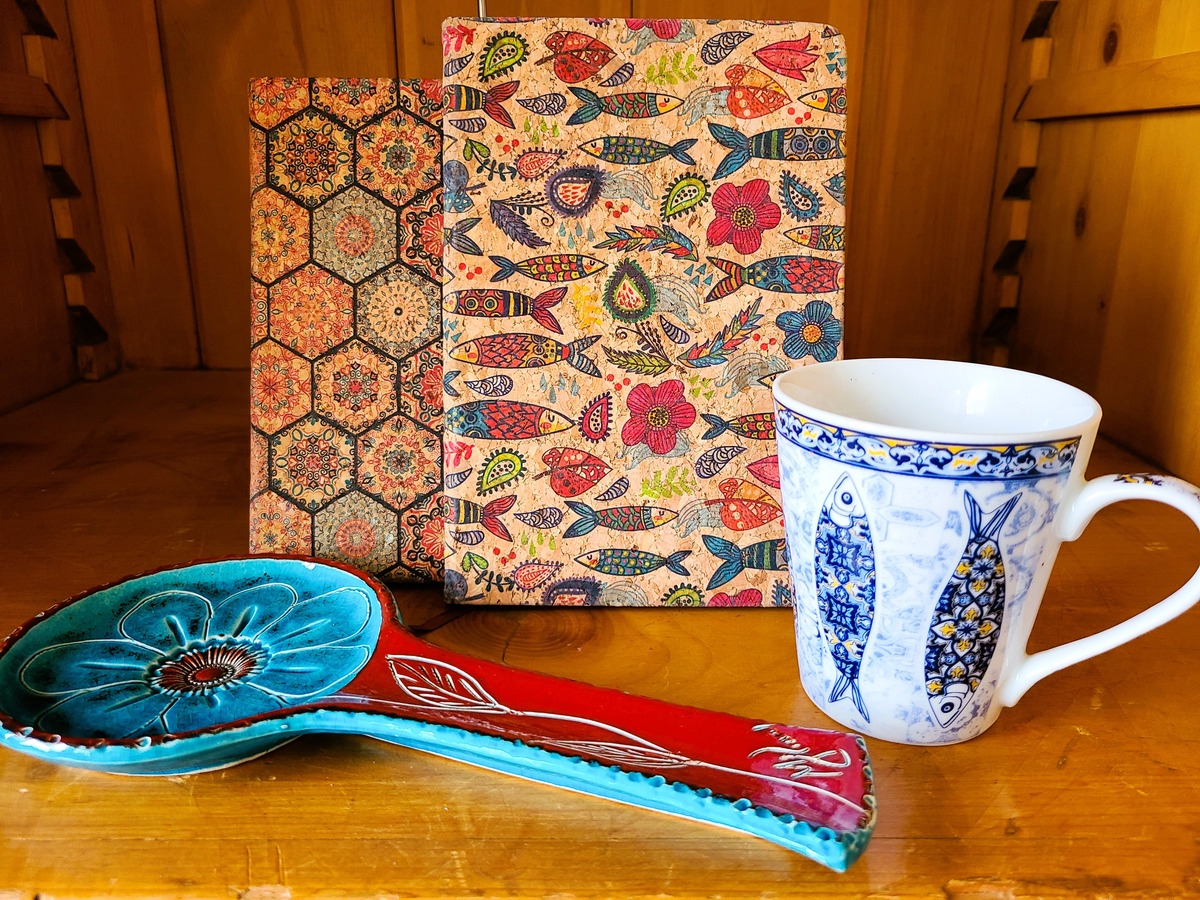
Penha Mountain creates a perfect backdrop for the town of Guimarães. It’s a five-kilometer drive from the town center, or it can be reached in ten minutes by cable car. The mountain is blanketed in dense forests that offer hiking trails, picnic areas, and biking trails. Giant boulders balance against one another, and the landscape below unfolds like a huge fan. The mountain has a spiritual history that began in 1702, when a hermit, Guilherme Merino, chose the Mountain of Saint Catherine (the ancient name of Penha Mountain) as his home. He lived in a cave with a small carving of the Virgin Mary as his companion. To this day, the forest continues to be a spiritual sanctuary.
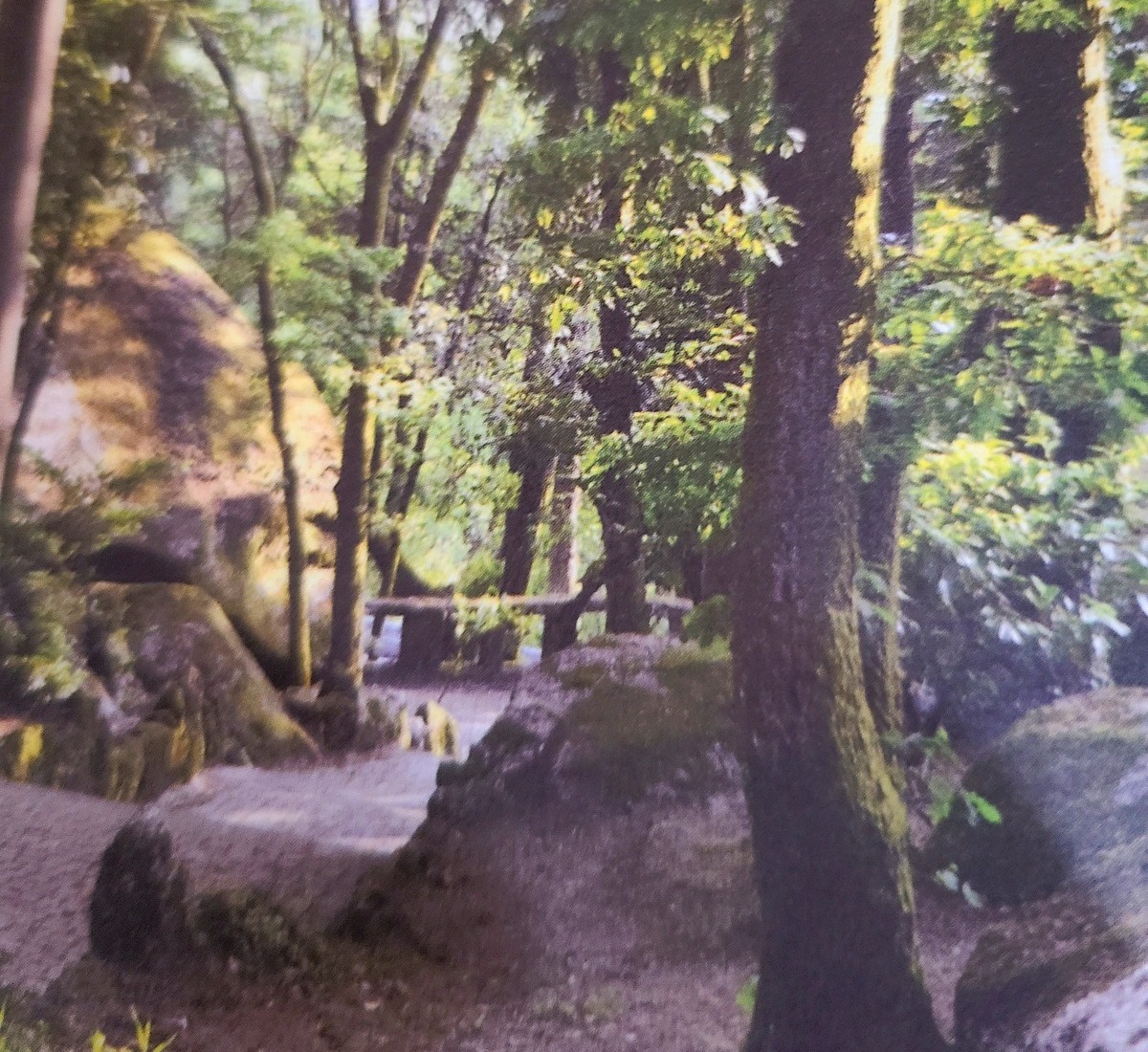
We spent the day in Guimarães and drove back to Porto for the night.
**The photo of Penha Forest is from the information brochure.
